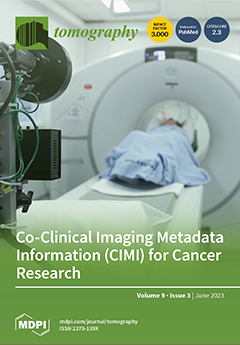Open AccessEditor’s ChoiceReview
Tips and Tricks in Thoracic Radiology for Beginners: A Findings-Based Approach
by
Alessandra Borgheresi, Andrea Agostini, Luca Pierpaoli, Alessandra Bruno, Tommaso Valeri, Ginevra Danti, Eleonora Bicci, Michela Gabelloni, Federica De Muzio, Maria Chiara Brunese, Federico Bruno, Pierpaolo Palumbo, Roberta Fusco, Vincenza Granata, Nicoletta Gandolfo, Vittorio Miele, Antonio Barile and Andrea Giovagnoni
Viewed by 4905
Abstract
This review has the purpose of illustrating schematically and comprehensively the key concepts for the beginner who approaches chest radiology for the first time. The approach to thoracic imaging may be challenging for the beginner due to the wide spectrum of diseases, their
[...] Read more.
This review has the purpose of illustrating schematically and comprehensively the key concepts for the beginner who approaches chest radiology for the first time. The approach to thoracic imaging may be challenging for the beginner due to the wide spectrum of diseases, their overlap, and the complexity of radiological findings. The first step consists of the proper assessment of the basic imaging findings. This review is divided into three main districts (mediastinum, pleura, focal and diffuse diseases of the lung parenchyma): the main findings will be discussed in a clinical scenario. Radiological tips and tricks, and relative clinical background, will be provided to orient the beginner toward the differential diagnoses of the main thoracic diseases.
Full article
►▼
Show Figures






